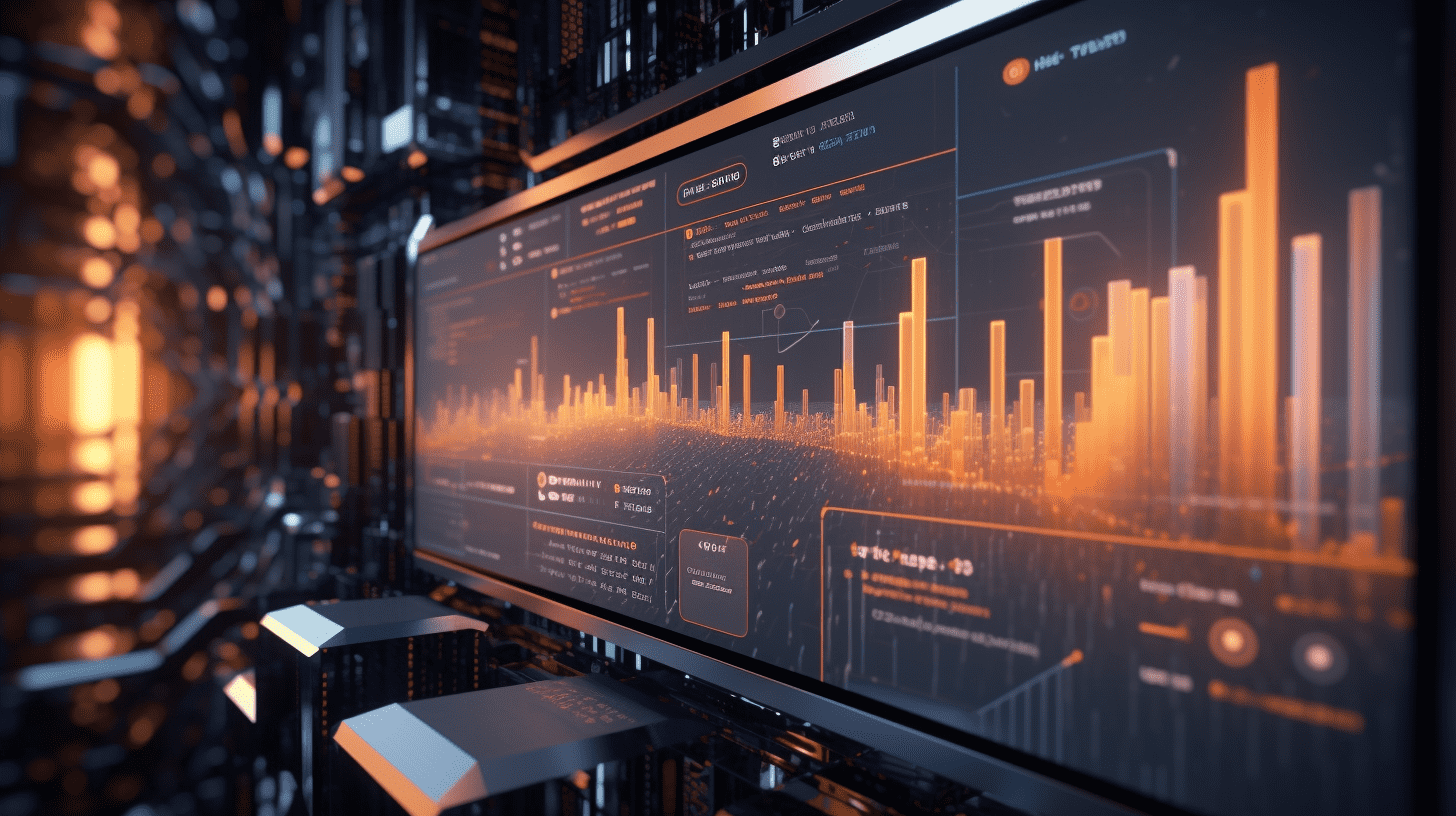Guolian Electronics' 2025 Investment Strategy: AI Empowers Recovery, Accelerates Autonomy and Controllability.
Suggest focusing on four investment themes: AI end devices, domestic demand recovery, computing power infrastructure construction, and self-controllability.
Guolian released a research report stating that by 2025, there will be significant changes in global supply and demand. On the demand side, attention will focus on the landing of AI hardware, replacement demand driven by domestic consumption, and the emergence and popularization of AI large models. AI glasses have opened up another development path, and the layout of many major factories is expected to accelerate the landing of AI glasses. On the supply side, most of China's equipment companies have been included in the U.S. Entity List import restrictions. The promotion of self-controllable domestic equipment and components is expected to accelerate. It is recommended to pay attention to four investment themes: AI terminals, domestic consumption recovery, computing power infrastructure, and self-controllable technology.
Guolian's main points are as follows:
AI empowers terminal hardware replacement and upgrades
Currently, smartphones are in a mild recovery phase, with global smartphone sales increasing year-on-year for 5 consecutive quarters as of Q3 2024. Factors such as AI enhancement and subsidy policies are expected to drive smartphone sales back into a growth cycle. Faced with the high energy consumption of AI phones, silicon-carbon negative electrode materials batteries, due to their high energy density, may become the mainstream battery option; VC heat pipes are expected to have long-term development space under the trend of AI terminal development; and in the display aspect, stacked OLED possess features such as high brightness, low energy consumption, and long life, and may become one of the important technological trends for smartphone screens. With the emergence and popularization of AI large models, AI glasses have opened up another development path, and the layout of many major factories is expected to accelerate the landing of AI glasses.
Boosting domestic demand to promote semiconductor cycle recovery and innovation
Several provinces have rolled out smartphone subsidy policies and increased promotions for 3C products, stimulating consumer demand for 3C products. Chip companies downstream of 3C products, such as RF, CIS, and analog, which have a high proportion of demand, are expected to benefit from the recovery and accelerated innovation driven by consumer stimulus. In the RF field, L-PAMiF and L-PAMiD are the most valuable modules, with domestic enterprises breaking through overseas monopolies. CIS is crucial for determining camera performance and has continuous upgrade demand. In the analog field, there is still significant room for improvement in the localization rate in some areas, and mergers and acquisitions are expected to help increase industry concentration.
The increasing demand for AI computing power, with potential energy at the edge
In the early hours of December 10, 2024, OpenAI released the Sora video application, which can generate videos with resolutions up to 1080p, lasting up to 20 seconds, and can remove watermarks. Multi-modal generative AI applications may further increase the demand for computing power exponentially, with higher requirements for training and inference edge chips. In March 2024, Nvidia released the GB200 series products, with computing power 30 times that of H100, to meet the growing demand for basic computing power.
In the application aspect, downstream applications of AI GC are gradually enriching, and the demand for AIoT Internet of Things solution products is expected to continue increasing. In the future, the inference side may become a long-term drive for the development of the computing power industry chain.
Accelerated domestication of equipment, material cycles bottoming out
Most Chinese equipment companies have been included in the U.S. Entity List import restrictions, which is expected to accelerate the promotion of self-controllable domestic equipment and components. Currently, the substitution of major categories of domestic equipment has been basically completed, and some equipment components are mainly supplied by foreign manufacturers. Advanced node equipment and components are expected to encounter development opportunities.
In addition, the share of domestic FAB contract manufacturing is gradually increasing, and domestic materials are expected to continue benefiting. Advanced packaging provides more possibilities for chip performance improvement. Emerging industry technologies such as chiplets, 2.5D/3D packaging, and mixed bonding are expected to bring new development opportunities, and also is a key direction for domestic testing and packaging companies to break through.
Investment recommendations: Focus on AI innovation and self-controllable technology
(1) AI terminals: Focus on AI smartphones and AI glasses; (2) Domestic consumption recovery: Focus on the recovery of the semiconductor cycle and industry chain; (3) Computing power infrastructure: Focus on GPU, PCB, servers, and other industry chains; (4) Self-controllable technology: Focus on equipment materials and advanced packaging industry chains.
Risk warning: Risks of downstream demand recovery falling below expectations, risks of consumer electronics terminal shipments lower than expected, risks of slower growth in emerging industries such as AI and new energy vehicles than expected, risks of international trade frictions, risks of domestication progress falling below expectations, etc.
Related Articles

Shenzhen Hello Tech Energy(301327.SZ): Strong performance hits record high, revenue and net profit both break through.

Johnson & Johnson's financial condition is stable, and Standard and Poor's has removed the downgrade warning.

HK Bull/Bear Outstanding Qty Ratio(52:48) | April 26th
Shenzhen Hello Tech Energy(301327.SZ): Strong performance hits record high, revenue and net profit both break through.

Johnson & Johnson's financial condition is stable, and Standard and Poor's has removed the downgrade warning.

HK Bull/Bear Outstanding Qty Ratio(52:48) | April 26th

RECOMMEND

Pan Gongsheng: Will implement a moderately loose monetary policy to promote high-quality development of the Chinese economy.
25/04/2025

Canadian Prime Minister Trudeau: No rush to reach agreement with Trump, US side eventually needs to face reality.
25/04/2025

Alphabet (GOOG.US, GOOGL.US) first quarter revenue and profits exceed expectations, driven by AI and cloud computing performance growth.
25/04/2025


